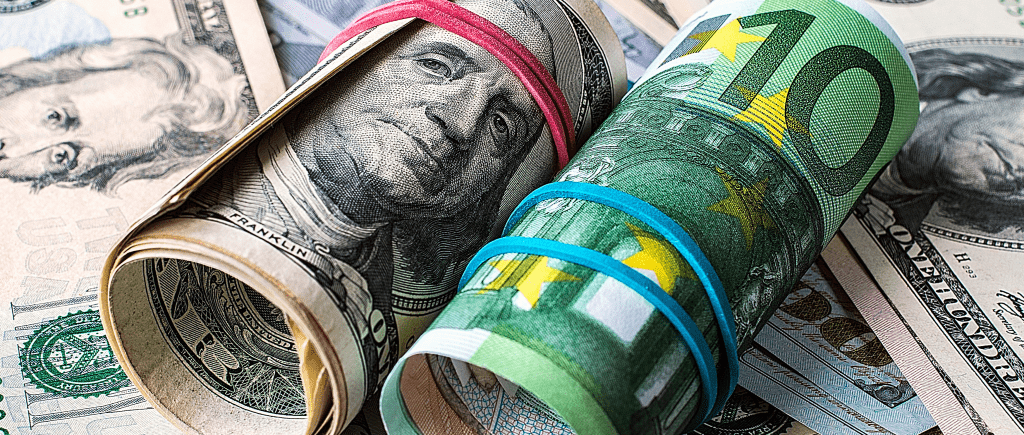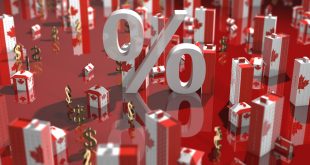The shared currency extended its weekly advance for two consecutive days but retraced from around 1.1000 as the Federal Reserve is set to embark on the beginning of its hiking cycle for the first time since 2018. The EUR/USD is trading at 1.0961 at the time of writing.
On Tuesday, the common currency began around the day’s lows at 1.0930, jumped near the 1.1020 area but broke downwards under the 1.1000 mark on a market sentiment shift. Elsewhere, Russia-Ukraine discussions, which had been reported as “positive” in the last couple of days, were downtoned by Russian President Vladimir Putin, saying that Kyiv is not serious about finding a mutually acceptable solution. The headline spurred a risk-off gust of wind, with the EUR/USD moving from 1.0976 to 1.0925.
On the US front, prices paid to US producers (PPI) increased 10% y/y in February, adding to heightened inflationary pressures on the US economy, last seen in the 1980s. Along with the US consumer inflation expanding at an annual rate of 7.9% in February, that data makes a case for the Fed’s first rate hike to the Federal Funds Rate (FFR) in three years.
In light of data, on Tuesday, the Eurozone docket reported the German ZEW economic sentiment, which plunged from 54.3 to -39.3, showing that financial analysts expect Germany to hit a recession. The Eurozone ZEW Economic Sentiment also tumbled, falling from 48.6 to -38.7.
EUR/USD tested in the last two days, the 1.1000 mark, failing to record a daily close above it, exposing the shared currency to further losses beyond the YTD low at 1.0806. That said, the EUR/USD first support would be the 1.0900 mark. Once cleared, the next support would be the March 7 daily low at 1.0806, followed by 1.0727 April 2020 lows.

 Noor Trends News, Technical Analysis, Educational Tools and Recommendations
Noor Trends News, Technical Analysis, Educational Tools and Recommendations




